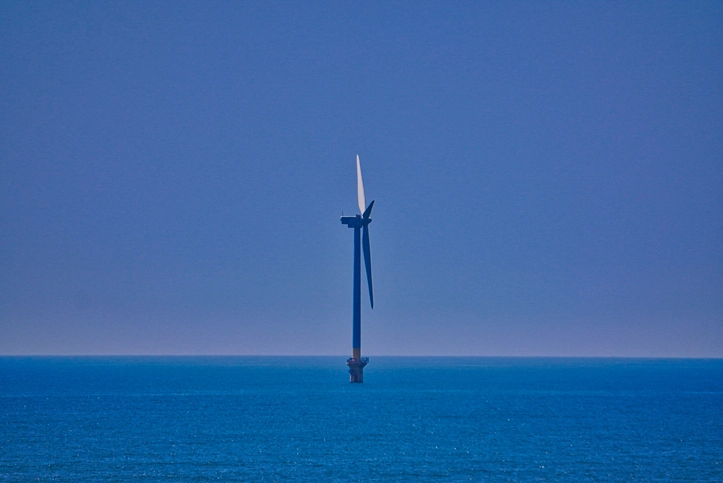OMNI Features|Japan eyes expanding offshore wind beyond territorial waters to EEZ / Czech government intends to expands nuclear power tender
OMNI Features|Japan eyes expanding offshore wind beyond territorial waters to EEZ / Czech government intends to expands nuclear power tender

|Japan eyes expanding offshore wind beyond territorial waters to EEZ
Japan is preparing to allow offshore wind farms beyond its territorial waters in its much larger exclusive economic zone (EEZ), with a more involved approval process that will require companies to secure consent from local interests such as fishing operations before they build.
The proposed change would open up as much as 10 times as large an area for wind projects. Japan's territorial waters (the area up to 12 nautical miles from the coast) span 430,000 sq. kilometers, according to the Japan Coast Guard. The exclusive economic zone, which extends 200 nautical miles beyond that border, encompass about 4.47 million sq. km, considering the sixth-largest such area in the world.
By contrast, Japan ranks only 61st in terms of land area. The Japan Wind Power Association estimates that offshore wind capacity could rise to 3.5 times that of land-based projects if expansion into the EEZ is allowed. Japan aims to have 10 gigawatts of new offshore wind power running by 2030, and 30 to 45 GW by 2040.
While Japanese wind farm projects now involve mostly fixed-type wind farms , projects in the deeper waters of the EEZ are expected to favor floating turbines. Under current law, the company that submits the winning bid for a particular offshore wind site holds exclusive rights to that area for up to 30 years. The government plans to set up a similar system allowing for long-term installations in the EEZ.
The Cabinet Office looks to submit the necessary legislative changes to parliament during the current session. The plan is to establish a longer, more involved approval process for EEZ wind projects.
When the government begins soliciting proposals for a designated site, companies will first need to submit their installation plans for provisional approval. The winning bidder will then partner with the government to set up a discussion forum with experts, local fishing interests and other players, covering such issues as the impact on the environment and the fishing industry. Only after gaining stakeholders' consent will the government officially greenlight the project.
This two-step approach aims to get the private sector to engage with the community early on. The current process for projects in territorial waters has the government take the lead on securing locals' consent before moving forward. Expanding into the EEZ would vastly increase the potential area for projects, to an extent that it would be difficult for the government's limited personnel to handle alone.
The two-step method is modeled on the U.K.. The U.S. and Australia are exploring similar approaches. The government looks to select bids for EEZ projects in much the same way it now does for projects in territorial waters, assigning a comprehensive score to each proposal based on factors including how much the project costs and how soon it can start up.
|Czech government intends to expands nuclear power tender
The Czech government has confirmed its decision to rely on nuclear power as the main source of energy for the future. At a press briefing in Prague on Wednesday the cabinet announced plans to expand the Dukovany tender to four nuclear reactors instead of one.
The Czech cabinet said it was seriously considering the possibility to build four nuclear reactors in the coming years. it also announced that the hot favorite in the Dukovany tender - the US company Westinghouse – was out of the running.
The government said it would invite the two remaining bidders, the French company EDF and the Korean company KHNP, to submit binding bids for the construction of four reactors instead of one by April 15. Prime Minister Petr Fiala said the change of plan was based on cost.
Czechia currently has six nuclear reactors in two power plants. Two units, each with a capacity of about 1,000 MW, are at Temelín in the southern parts of the country. Four smaller units with a capacity of 510 MW are at Dukovany in the Třebic region. In addition to new conventional reactors, ČEZ is also preparing the construction of small modular reactors (SMR) . The first of them should be built in Temelín.
Reference:Nikkei Asia|Czech Radio
